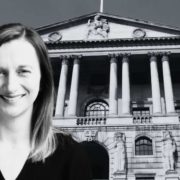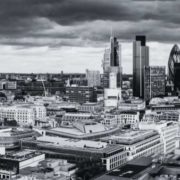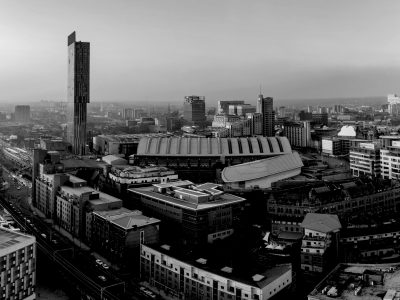It never rains but it pours.
For the housing market, the past few weeks did not start too badly, with the chancellor announcing surprise cut in stamp duty in his September 23 mini budget.
But it has, as everybody knows, it’s been downhill all the way since.
We have come a long way from October last year when the Office For Budget Responsibility (OBR), the government’s economic and fiscal watchdog, set out both a central forecast and an alternative in which high inflation would be more persistent, and official interest rates would have to rise to what then seemed like the scary and unlikely heights of about 3.5%.
The OBR, which now has a crucial role in assessing the credibility of the government’s plans at the end of this month, cannot have known then about the Russian invasion of Ukraine, which was many months away.
It was reporting at a time when Bank rate was just 0.1% and had not been above 1% for more than 13 years.
These days, many in the housing market would be mighty relieved if Bank Rate, currently 2.25%, was to peak at “only” 3.5%.
It could easily be there by the end of the year, with markets looking for a peak of more than 5.5%.
This has been an extraordinarily steep tightening trajectory, given that it did not start until December last year, from that record low point.
Many would also be relived If the Bank of England succeed in calming gilt market worries and mortgage rates settle down closer to 5%, rather than well over 6%.
Though the effect of higher rates is slower than in the past, because only around 300,000 people a quarter need to roll over their fixed rate mortgage, the chilling effect of these higher mortgage rates, and of the sudden withdrawal of hundreds of mortgage products is colder than the coldest winter’s day.
The problem for the housing market is simply stated.
For years house prices have grown more rapidly than earnings – pay – a situation that was exacerbated during the pandemic.
But, as every lender and estate agent could attest, what mattered most, particularly for first-time buyers, was whether they could afford the monthly payments.
Very low mortgage rates, a reflection of low official interest rates and rock-bottom gilt yields, meant that they could do so.
Now, that crutch is being removed.
Affordability is being stretched on both fronts, with both high prices and higher mortgage rates.
Something, it seems, has to give, and that is why forecasts of a 10% to 15% fall in house prices are becoming close to the consensus.
If you want to add a third gloomy leg to the story, there is evidence that the job market is starting to soften.
While the unemployment rate is at a 48-year low of 3.5%, employment and job vacancies have started to fall.
My view is that markets are in danger of getting ahead of themselves in terms of how much official interest rates have to rise, I would expect a peak in Bank Rate of about 4%, not 5.5% or 6%.
But even 4% is much higher than we have been used to over the past decade and a half, and there is no doubt that this is a major test for the housing market.
Nobody really expected us to break out of the very low interest rates that have been the norm since the financial crisis.
Higher interest rates are putting strains on the housing market, and many other markets.
When circumstances change it can be uncomfortable.
And, while 4% would be a low peak for Bank Rate compared with what is feared, it would still be consequential.
The EY Item Club, which uses the Treasury’s model of the economy, reporting on the Halifax’s announcement of a 0.1% drop in house prices last month, noted that it was a sign of things to come, and that a peak in rates of 4% would nevertheless be challenging.
“The EY Item Club expects Bank Rate to peak at 4%,” said Martin Beck, its economic adviser.
“However, rates at that level would still significantly reduce demand for properties and decrease the size of loans that lenders can offer.
Combined with the weakening economic outlook and squeezed household incomes, the EY Item Club expects property values to fall by 5% or more over the next year or so.”
Challenging times indeed.

























Comments